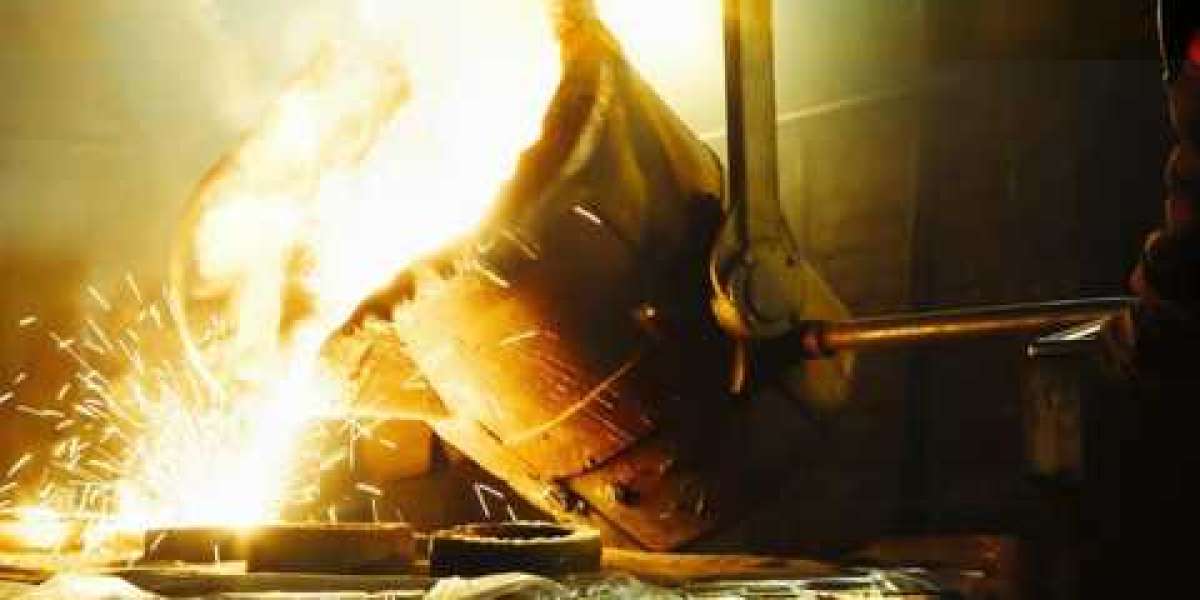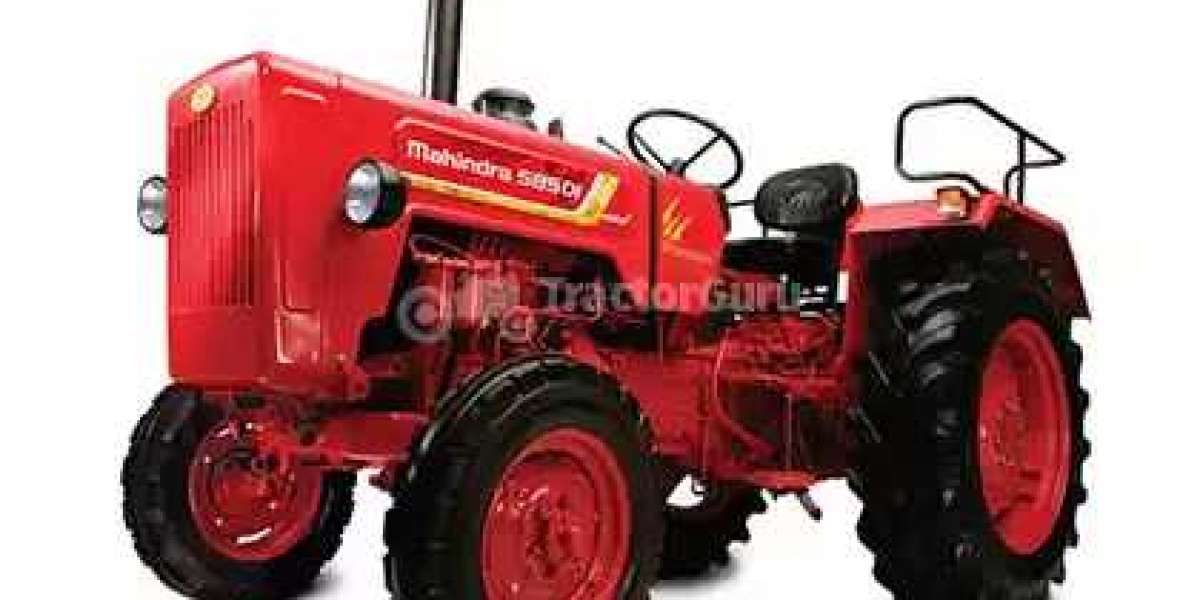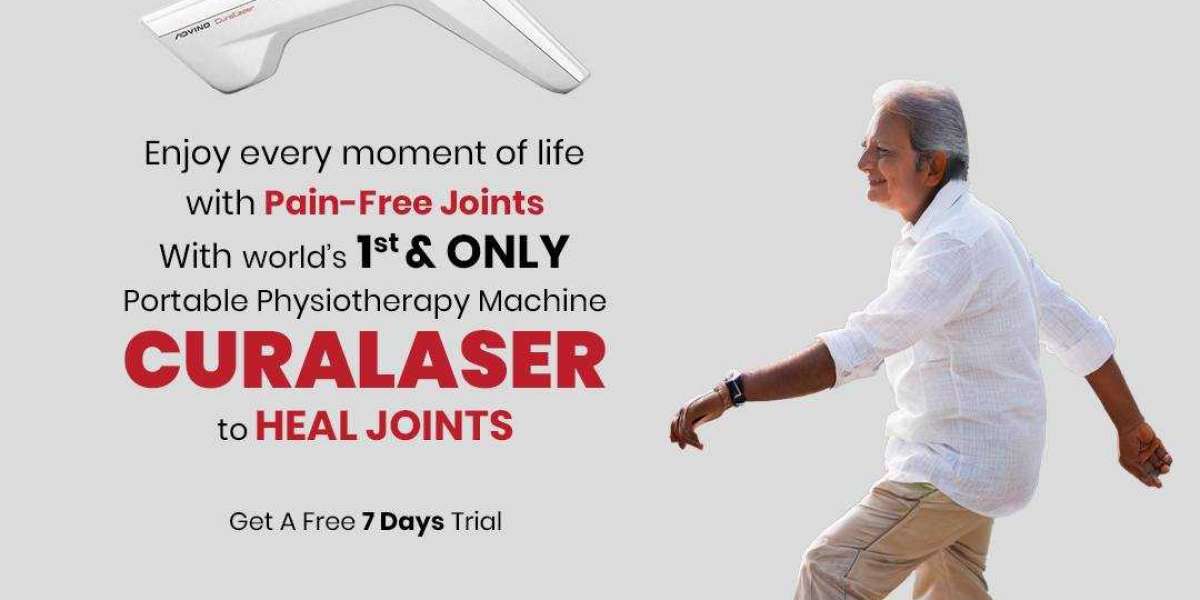Steel casting is a crucial process in modern manufacturing, allowing for the creation of complex shapes and structures with exceptional strength and durability. From automotive components to industrial machinery, steel casting finds applications across various industries. This guide aims to provide a comprehensive overview of steel casting, including its processes, techniques, advantages, and applications.
Understanding Steel Casting: Steel casting involves the pouring of molten steel into a mold to create a desired shape. The process begins with the creation of a pattern, typically made from wood, plastic, or metal, which defines the shape of the final casting. The pattern is then used to create a mold, into which molten steel is poured.
Process of Steel Casting: a. Pattern Making: A pattern maker crafts the desired shape in wood, plastic, or metal, ensuring accuracy and precision. b. Mold Making: The pattern is used to create a mold, usually made from sand or ceramic materials. The mold is designed to withstand the high temperatures of molten steel. c. Melting and Pouring: Steel is melted in a furnace at high temperatures and poured into the mold. d. Cooling and Solidification: The molten steel solidifies within the mold, taking the shape of the pattern. e. Removal and Finishing: Once cooled, the casting is removed from the mold, cleaned, and finished as required.
Techniques of Steel Casting: a. Sand Casting: The most common method, involves creating molds from sand and compacting them around a pattern. b. Investment Casting: Uses a wax pattern that is coated in a ceramic shell. Once the shell hardens, the wax is melted, leaving behind a cavity for the molten steel. c. Die Casting: Utilizes a metal mold (die) into which molten steel is injected under high pressure, allowing for high accuracy and surface finish.
Advantages of Steel Casting: a. Design Flexibility: Complex shapes can be achieved with ease. b. Strength and Durability: Steel castings offer exceptional strength and resistance to wear and tear. c. Cost-effectiveness: Economical for large production runs due to low per-unit costs. d. Surface Finish: Smooth surfaces require minimal post-processing.
Applications of Steel Casting: a. Automotive Industry: Engine components, transmission parts, and chassis components. b. Aerospace Industry: Aircraft engine parts, landing gear components. c. Industrial Machinery: Pump housings, valve bodies, gears, and pulleys. d. Infrastructure: Bridge components, railway parts, and construction equipment.
Conclusion: Steel casting is a versatile and indispensable process in modern manufacturing, offering numerous advantages in terms of design flexibility, strength, and cost-effectiveness. By understanding the various techniques and applications of steel casting, manufacturers can leverage its capabilities to produce high-quality components for a wide range of industries.



